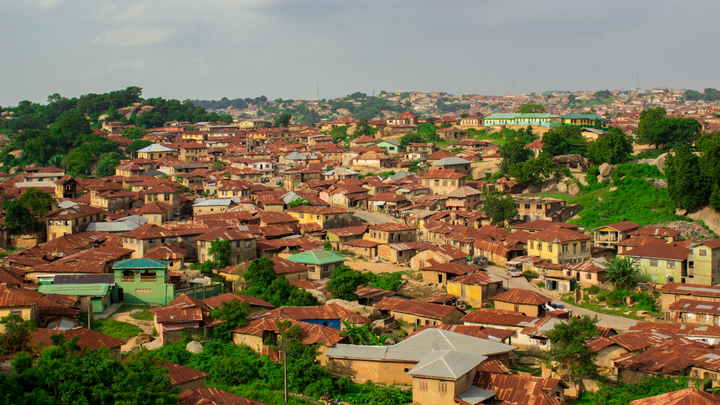Rogers Outage Circles the Memory Hole
As a massive telecommunications merger looms, what happened to discussing the massive network failure?

Remember July 2022? The pandemic continued unabated, the sun was out and Rogers entire national telecommunications network collapsed into a fine mist. The worst of the nationwide outage lasted almost 15 hours with phone networks, debit payment systems, Wi-Fi and data unavailable for Rogers customers. The outage continued for up to 4 days after service had been restored to the “vast majority” of customers. During the first day 911 services were down in certain areas. The outage affected 11 million customers total.
Outrage mounted as people scrambled to call 911 for loved ones suffering medical emergencies. A class action lawsuit was filed in Quebec against the telecommunications giant. The CRTC asked for answers in two rounds of questions. Outcry led Rogers Communications to explain that it will, as the Globe and Mail reported, “spend $150-million in the third quarter to reimburse customers for five days of service.” The reason for the outage, according to Rogers, was that a routing filter was accidentally deleted during routine maintenance. In an article by Howard Solomon for IT Canada that goes through the reasoning, it seems to be an incomplete and unsatisfactory answer.
Then, as if it were a collective fever dream… it stopped. The coverage dropped off the face of the Earth. CRTC updates have been silent. According to the firm that filed the class action lawsuit, the case is “Pending authorization hearing.” News media focus has shifted to the looming Rogers-Shaw merger, with the outage only receiving a small mention at best.
Though the deadline for the merger has once again been delayed, the memory of the outage has faded. The fact that a sizable chunk of this country went without payment and emergency services for a day has become a foggy memory. As of last November, Rogers claimed 221,000 new customers, likely due to the lack of viable alternatives. Just on February 2, we saw the company report $508 million in earnings, up from $405 million the same period the year before.
The outage’s omission becomes glaring now that focus is on Roger Communications’ attempt to acquire Shaw Communication Inc.’s $26 billion in shares, merging the two companies. This merger would be the largest in Canadian history, in an field where variety and competition notoriously rest at dismal levels. After weeks of hearings, and a few delays, the Industry Minister Francois-Phillippe Champagne will announce his decision on February 17th.
The Global News story reporting this update mentioned the outage once in passing.
Regarding Rogers latest Q4 profits, City News and Toronto Star both printed The Canadian Press’ report, which also mentioned the outage once in passing. The Globe and Mail mentioned it once, while the Financial Post made no mention of the outage.
The latest mention of the outage outside of these contexts was in a CBC Marketplace piece, which used it as a jumping off point to discuss more competition in the Canadian telecommunications market.
It’s been less than a year since a significant portion of Canadians are unable to use their phones to call emergency lines, utilize payment systems or even access the internet and phone service for which they’ve paid. However, the memory of the outage has been downplayed since, allowing the massive merger to go along unstained by the event.
To be clear, concerns about Rogers’ acquisition of Shaw have been made, and continue to be, which primarily appeal to the lack of competition that the telecommunications landscape in Canada offers. But they have made little mention of the material effects that happen when a significant portion of the population’s communications are at the whims of a distant corporate entity.
The conversation has naturally returned to “competition” and the lack of it in the spheres that Rogers operates. As always, the further marketization of telecommunications is proposed as the one and only solution. A nationalized, public and reliable network that encompasses all people residing within Canada is the furthest concept in the minds of public critics.
Community run internet networks are being built in certain Indigenous communities to make up for the lack of access provided by Canada. Many issues persist with this system, of course. One institution, Eeyou Communications Network, leases their connection from a Canadian telecommunications company, mirroring colonial relations. But the network is still one with a great deal more community input, which comes with benefits like lower costs. This is a lesson that should be mirrored: publicly owned and operated internet is an option. Breaking up the triopoly in telecommunication that failed 11 million people seven months ago is not out of reach.
Instead, the opposite direction is being weighed with careful measure. This massive change for Canadians is looming on the horizon, threatening to entrench one of our most notorious cartels. We have proof, in recent memory, that private corporations have failed to provide reliable service to their customers, which led to potentially deadly consequences. Instead of highlighting this systemic failure, or providing alternative solutions outside the market, the event has largely been swept under the rug.




Comments ()